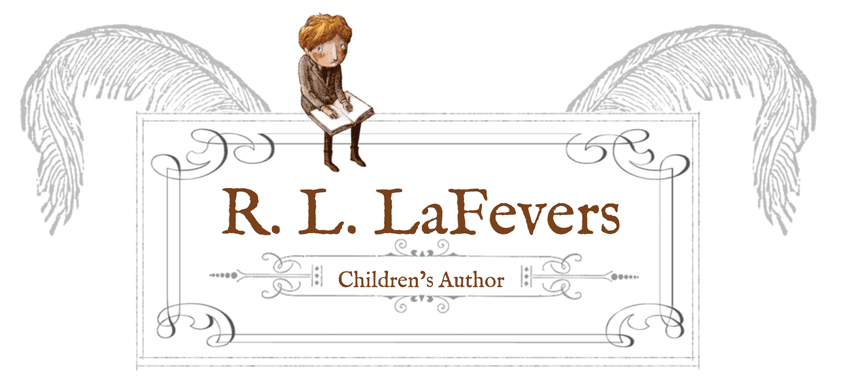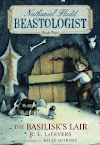I talked the other day about my handy dandy back of tricks that I use to coax my characters and stories to reveal themselves to me. As promised, I’m going to detail some of those in this post.
One of those is the brilliant old faithful by
Debra Dixon,
Goal, Motivation, and Conflict.
It’s a simple concept, one that is often overlooked due to its very simplicity. If you haven’t read Deb’s book, do try to find a copy to check it out because the depth with which she explains the concepts are very worth it.
Basically, Goal, Motivation, and Conflict (GMC) is making sure you know your characters EXTERNAL goal (what she wants) MOTIVATION (why she wants it) and CONFLICT (what’s standing in her way). IN ADDITION to knowing and understanding her INTERNAL goal, motivation, and conflict. The thing is, lots of us might want to be writers or senators or nurses, but chances are we all have very real, very unique, very private reasons we want those things. Doing this exercise ensures that you know what makes your character tick.
When thinking of an INTERNAL goal, it helps me to reframe that as the question,
What is lacking in my character's life? What does she need to be fulfilled as a person? What Life Lesson does she need to learn?
I think of the internal motivation as the
reason she needs to learn this lesson or the reason she has this great, gaping emotional hole in her life. What bad messages or poor choices she’s made in the past that have kept her from achieving fulfillment. And lastly, the internal conflict can be a couple of things: It can be what is compelling her to hang on to those old messages/lessons that keep her from moving forward, or what event/catalyst has to occur in order to move her forward emotionally.
Make a grid on a piece of paper and see if you can fill in those elements for your character. Even if you think you know them, oftentimes they change or solidify or evolve over the course of the story.
The second tool I use to suss out my characters is a cheat sheet I made from Donald Maass’s book, WRITING THE BREAKOUT NOVEL. He poses some great questions in that book, questions that really help me grow my plot from the seeds of my main character. One of the questions I work with in the beginning is: Define what truly matters to my character. Does she have a tortuous need, consuming fear, aching regret, passionate longing, burning desire, inner lack? (You can probably see that this ties directly into the INTERNAL goal from the above GMC.)
And next I begin character journaling. I begin writing about that character’s emotional scars and wounds. I poke around in her distant past to find out what might have caused them, how they developed, why they didn’t heal. The truth is, often two different people can experience a similar event--or the same event--and only one person is affected or traumatized by them. Because we all have different emotional baggage we're carrying around. I try to get at the heart of why THIS problem is so cataclysmic for THIS character that it tilts their world (either their inner world or their external world) on it's axis.
I try to become that character and see what my subconscious sends up in the way of character memories—often very surprising things bubble up—things that I did not consciously plan or think of, but are perfect nonetheless. Some questions I use to get started are:
When did things begin to go wrong for her? In what way? What were things like just before they went wrong? How did she try to fix things--if she tried at all?
Another big benefit to journaling is that it helps me get familiar with the character’s voice. It’s like warm up drills on the piano keys before busting out into Rachmaninoff.
But for the last few books, I’ve been using other resources besides writing and plotting tools; I’ve added psychology books into the process and boy, is this helpful when I’m flailing around, trying to define my characters and their problems and their ultimate arcs. As I mentioned a few months ago,
THE HERO WITHIN was invaluable as I wrestled with Ismae’s story in medievalteenassassin#1. This time around, it is Clair Pinkola Estes
WOMEN WHO RUN WITH WOLVES that is saving my bacon for this second assassin book. Having said that, I think WWRWW works especially well for me since I write fantasy. Not sure how much help it would be if I wrote contemporary, realistic fiction.
As I leafed through WWRWW, I found invaluable clues to my character and not only what is at the root of who she is and why she behaves how she does, but what she will need in order to heal and grow. One thing I stumbled on this time around that I don’t remember reading before was the author’s
descansos exercise. The book—and the exercise—is intended for individuals but I’m going to do it for my character. And that is, to make a timeline of all the little deaths of spirit and psyche my character has suffered (and she’s had a LOT—her past is very, very dark). Note each huge heartbreak and betrayal—whether actual or emotional, pay attention to where she felt abandoned or ignored, where she was forced to do things that were totally against her nature. Because all of those things that happened in her past inform who she is in the NOW of the story. They will give me the knowledge I need in order to understand how she will behave and react during the events of the story.
So now I’ve got all the subconscious juices flowing—and in the direction I want them to be flowing—and words and pages are accumulating at a satisfying pace. However, lest I end up with too sprawling or shapeless first draft ( I need something to let them flow into. That’s where the SAVE THE CAT template that I talked about a couple of weeks ago comes in. And I’m going to talk about how I marry those two together next week. But while you’re waiting, go and try a couple of these exercises and see how they work for you. Especially if you’re stuck or having a hard time bringing a character to life. Or if any have a similar types of exercises you use to help bring your character to life, I’d love to hear about them! I am crazy for writing exercises and processes. ☺



















